The Dope on Dope in Government-Run Schools
The National Center for Education Statistics, which is a part of the U.S. Department of Education, released some data last week that revealed a problem plaguing this nation's public schools.
It is marijuana -- the dope that can make someone a dope.
NCES published a table derived from the 2022 National Crime Victimization Survey's School Crime Supplement, which NCES cosponsors with the Bureau of Justice Statistics. This supplement, which focused on the 2021-22 school year, asked students who were 12 to 18 years old a series of questions about the availability of drugs and alcohol in school.
The survey questionnaire first notes: "The following questions pertain only to the student's attendance at a public or private school and not to being homeschooled or attending a homeschool cooperative."
It then proceeds with five yes-or-no questions, asking the students: "Is it possible for students to get any of the following while at school ..." The five items the students are then questioned about include alcoholic beverages, marijuana, opioids, other "prescription drugs illegally obtained without a prescription," and other "illegal drugs, such as cocaine, uppers, or crystal meth."
According to the table published by NCES, the 12-to-18-year-old students responding to this survey indicated that in the 2021-22 school year, marijuana was the most commonly available drug "during school" -- with 26.6% saying it was available. A cohort of 13.5% said alcoholic beverages were available, 12.3% said prescription drugs were available, 9.7% said opioids were available, and 8.5% said other illegal drugs were available.
"'During school'," says a footnote to this table, "includes interactions in the school building; on school property; on the school bus; going to and from school; and using the phone, internet, or social media during the 2021-22 school year."
The availability of marijuana -- the type of drug most commonly available "during school" according to this survey -- varied by the grade level of the student who was responding, the location of the school and other factors.
High school students were significantly more likely than elementary school students to say that marijuana was available during school. Among high school sophomores, 35.4% said marijuana was available. Among juniors, it was 35.3%; and among seniors, it was 34.9%. Among sixth graders, by contrast, 9.6% said marijuana was available during school. But that grew to 15.5% among seventh graders and 18.2% among eighth graders.
Among students whose school experience included the presence of gangs, 67.2% said that marijuana was available. Among those whose school experience did not include the presence of gangs, it was 21.1%.
Among students in suburban schools, it was 25.7%; and in urban schools, it was 30.9%.
There was also a significant contrast between public schools and private schools -- particularly Catholic private schools. Among public school students, 28.7% overall said that marijuana was available during school. At all private schools, 13% of students said that marijuana was available. At nonsectarian private schools, 15.1% said it was available.
But at Catholic schools, 10.5% said marijuana was available.
Public school students were more than twice as likely as private school students -- and 2.7 times as likely as Catholic school students -- to say that marijuana was available during school.
As this column has noted before, Catholic school students also routinely outperform public school students in reading and math. In the 2019 National Assessment of Educational Progress (NAEP) mathematics test, for example, Catholic school eighth graders beat public school eighth graders 293 to 281. In the 2022 NAEP reading test, Catholic school eighth graders beat public school eighth graders 279 to 259.
What can be done to help students in public schools where marijuana is more likely to be available and test scores are lower than in Catholic and other private schools? Give their parents a choice.
President-elect Donald Trump made a commitment to school choice during his campaign. "[W]e will give all parents the right to choose another school for their children if they want. It's called school choice," Trump said in a video message his campaign posted online on Sept. 13, 2023.
"President Trump supports universal school choice so that parents can send their children to the public, private, or religious school that best suits their needs, their goals, and their values," said a statement his campaign released with that video.
Trump is right.
When the next Congress convenes, it should pass legislation that requires all public school districts receiving federal funds to provide the parents of all school-aged children in their district with a voucher equal to the per pupil expenditures in their schools.
The parents can then decide where to send their child to school.
Terence P. Jeffrey is the investigative editor of the Daily Caller News Foundation. To find out more about Terence P. Jeffrey and read features by other Creators Syndicate writers and cartoonists, visit the Creators Syndicate website at www.creators.com.
----
Copyright 2024 Creators Syndicate, Inc.



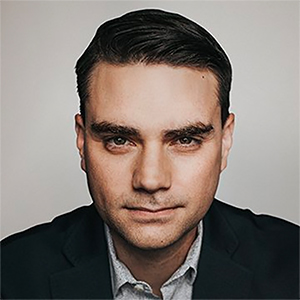
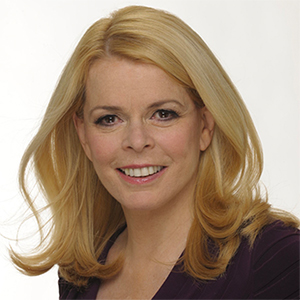






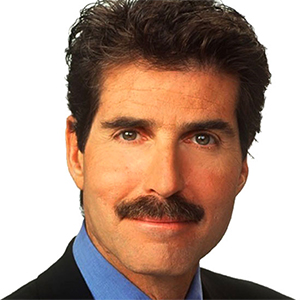
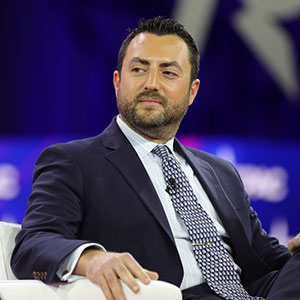


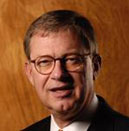
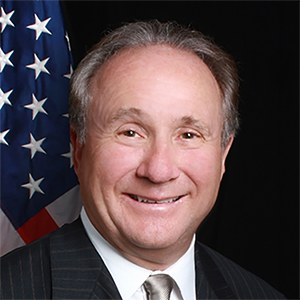




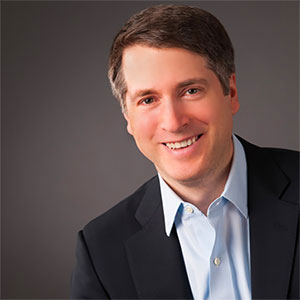

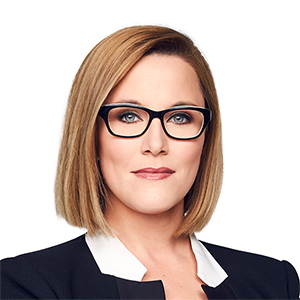







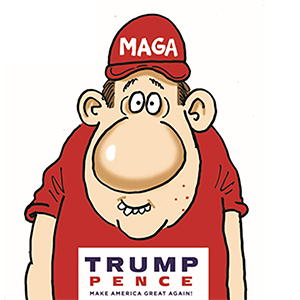
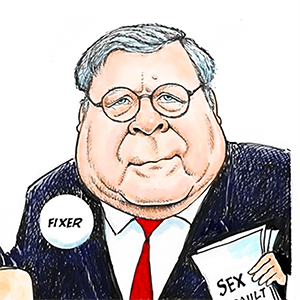


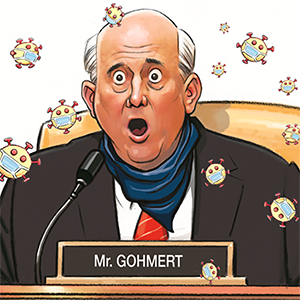

Comments